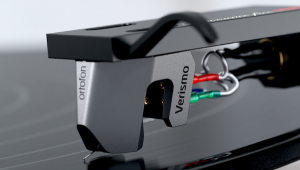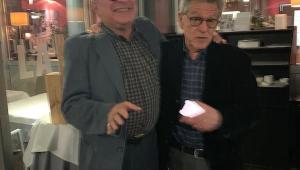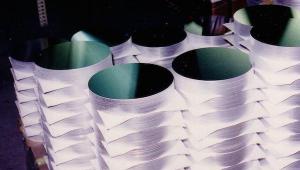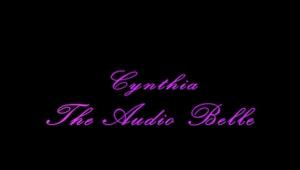Great post! I am actually getting ready to across this information, is very helpful my friend. Also great blog here with all of the valuable information you have. Keep up the good work you are doing here.you should visit my site. Following Article Will Be Of Great Help how to keep a healthy relationship. build a healthy relationship!
Sometimes this website is really helpful. Thanks a lot for your thoughts.






















































